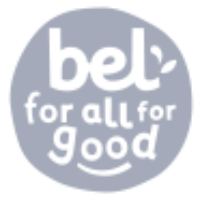
Group Bel
How Bel Group Ensured a Successful Equipment and Facilities Startup
Become a Paperless Factory
Skills Management

“
[Our management team] decided that this software was well aligned with our goal to be a digital plant without paper. We want to use Poka to contribute to the vertical startup of the plant, optimize skill management and empower employees to learn. ”
Adoption and Usage Rates
83%
Connection Rate
121
News Posts per Month
123
Calls for Help per Month
81%
